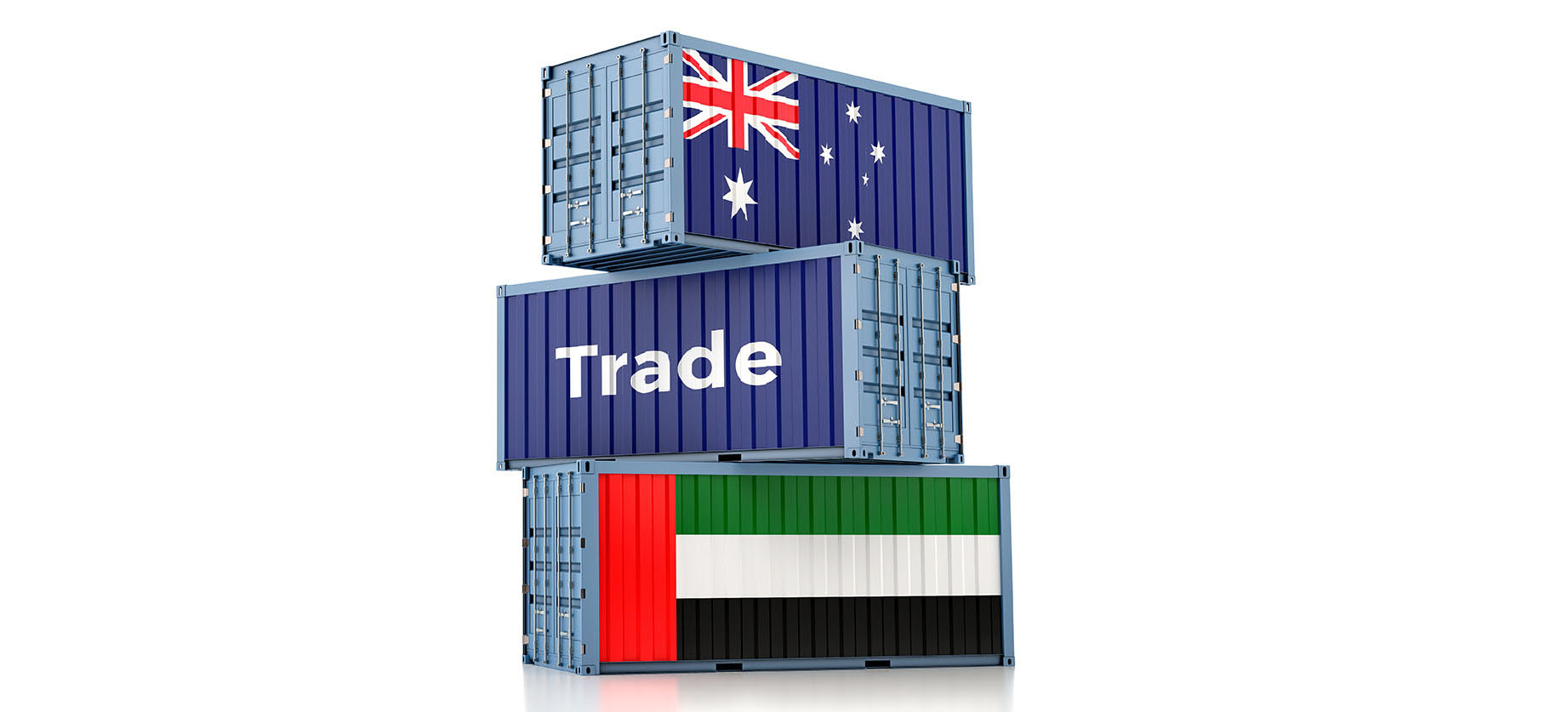By Ben Norton
UAE is Australia’s most significant economic partner in the Middle East creating over $10 billion in annual trade during pre-COVID times. On the 17th of March 2022, UAE officials including HE Dr Thani bin Ahmed Al Zeyoudi, Minister of State for Foreign Trade signed a joint document outlining both nations’ intention to follow a Comprehensive Economic Partnership Agreement (CEPA).
How Will The Partnership Work?
It will be Australia’s first open trade venture in the Middle East and encourage the flow of products, services and investment between the prosperous nations. The details of the document are yet to be negotiated but it will likely affect the following changes:
- Reduction or elimination of tariffs. (These will probably be geared toward specific industries)
- Improvement in product standards on both sides of the deal.
- Decreased legalities and costs for international investors.
- More lenient Visa and immigration systems for business travellers.
Who Will The Agreement Effect?
Both Australian and UAE businesses will be provided with great opportunities by signing this pact. The largest current Australian exports into this market are aluminium oxide, beef, lamb, sheep, vehicle parts and telecommunication equipment. There are, however, many more products and services that could support both economies now that their markets are more accessible.
The deal also opens up massive space for international government procurement, lessening the cost of national projects while boosting private corporate sales. Investors will also have a cheaper, more trustworthy and better-facilitated avenue through which to create projects and purchase assets. Deregulation and the minimization of entry barriers will make both countries’ economies far more attractive to their partners.
Further Info on the changing dynamic
At What Cost?
Like all deals, FTAs do come with some risks and costs. These include the outsourcing of employment to a competing region, crowding out of domestic industries and reduced tax revenue.
Although these issues are real and worth considering the beauty of this trade agreement is that the nations involved possess very different competitive advantages. This ensures that neither country will face a loss of employment or industrial opportunity while their greatest strengths can be taken advantage of. Taxes gained from an increased GDP should make up for the loss of income from tariffs.
Final Thoughts
Only time can tell how this trade partnership will unfold but it seems that both countries are eager to strengthen their ties and promote the free flow of trade. Private investors, procurers and corporations should start preparing to penetrate new markets to get ahead of a very big intercontinental wave.


